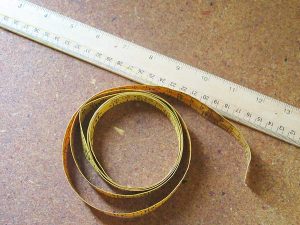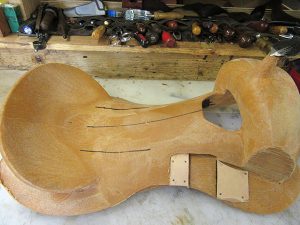You always hear about fitting a saddle to the horse with the rider often times being left out in the cold. Saddle fit for the rider is just as important as for the horse. So many of our customers have struggled with having their horse fit properly that they say things like “As long as the saddle fits my horse and he is comfortable, I’m not worried about me. I’ll get used to it.” What we have found though is that both the horse and rider need to be comfortable or they will both eventually end up miserable.

In order to fit the rider properly we have the rider take these measurements:
- Height
- Weight
- Inseam
- 4” below hips
- Thigh
- Seat bones
Height and Weight
The height and weight of a rider give us an overall idea of the rider’s build. When you add in the thigh and 4” below the hips you get a good idea where a person carries their weight. Different body types need separate consideration.
Inseam
The inseam measurement dials in the length for the fender system. We have 5 different length fenders to accommodate just about everyone. Occasionally we still have to customize for the really tall or short rider.
Thigh
The thigh measurement is really important for determining how much room in the seat a rider needs. Traditional western seat measurements are very arbitrary. Measuring from the base of the horn to the center of the cantle doesn’t give any useful information on how much room the rider actually needs between the pommel and cantle. Quite a few western saddles seat sizes are based on the actual tree size before construction. After finishing the seat with leather and maybe adding a padded seat of some sort, a 16” tree is closer to a 15” seat.

So for this we use some simple math. Remember Pi? We take the measurement all around the thigh and divide it by Pi. So if a rider has a 24” thigh measurement we divide by 3.14 we end up with approximately 8”. We then add an inch for some operating room. So between the base of the pommel and the base of the cantle, on average, we need 9” of space for that 24” thigh.
Personal preference also comes into play. Some people like a little bit tighter seat, while others might be used to more room. We once built a saddle with a 17” seat for a woman whose measurements said 15”. She learned to ride in her father’s 17” reining saddle and that was the only way she was comfortable riding.
Seat Bones
The distance between the seat bones tells us where to locate the seat bone depressions in the tree. It also defines the width of the seat for the rider. The majority of mass produced saddles are just too narrow for a women’s pelvis. Average male seat bone measurements are around 4”. Most women average around 5” to 5.5”. They need support farther out.
We design our saddle based on the individual rider’s needs and personal preferences. No compromises. Absolute comfort for the rider and the horse is what owning a Synergist Saddle is all about.
